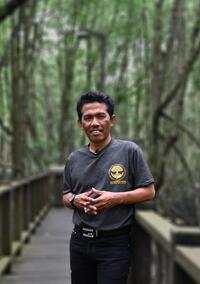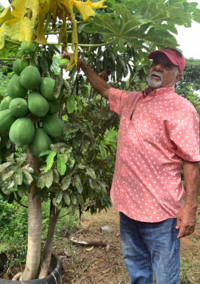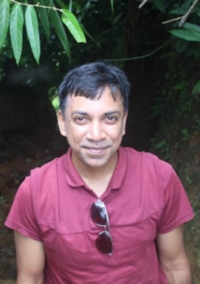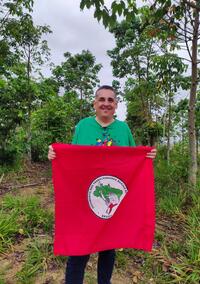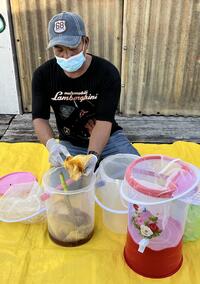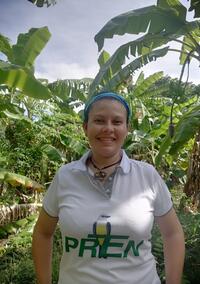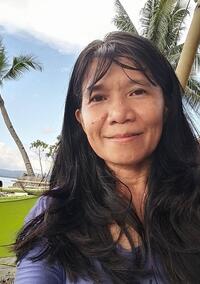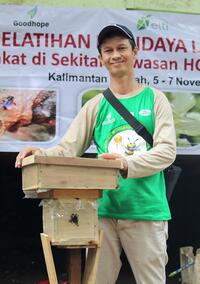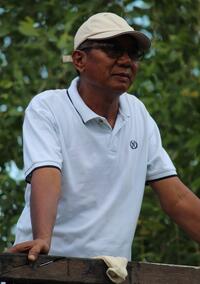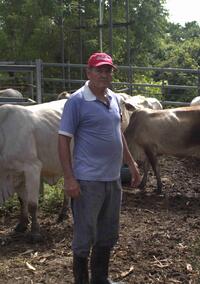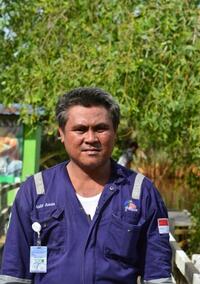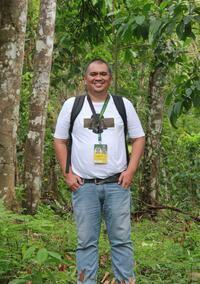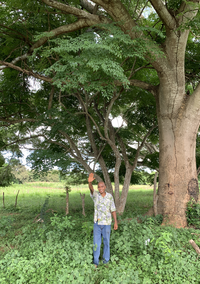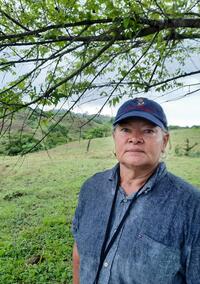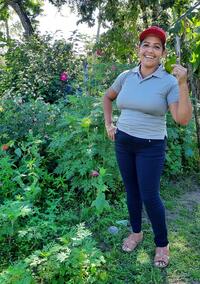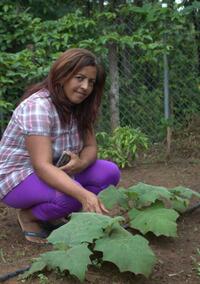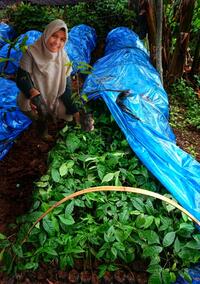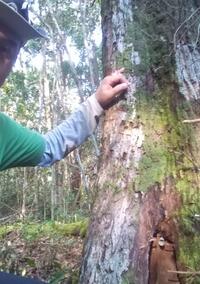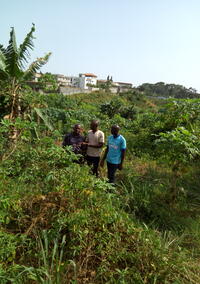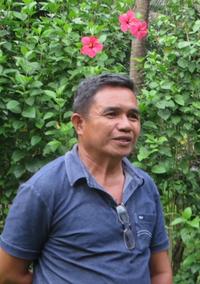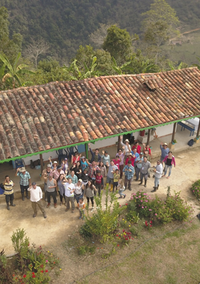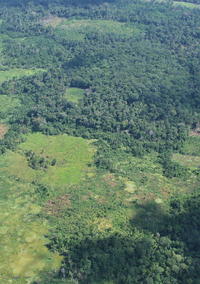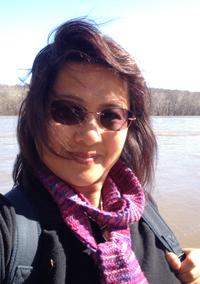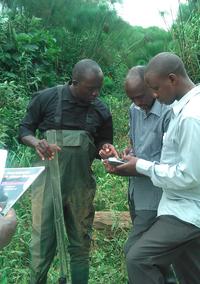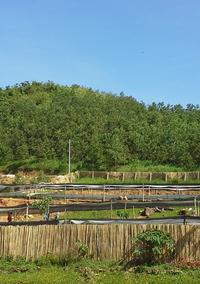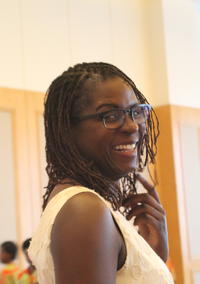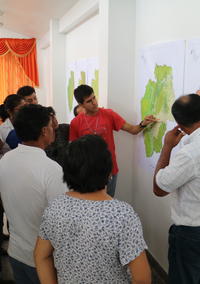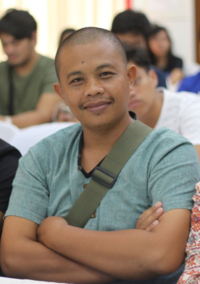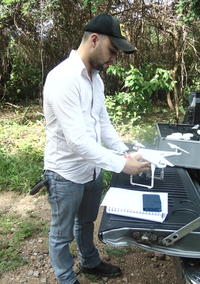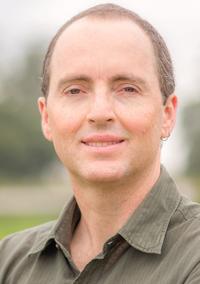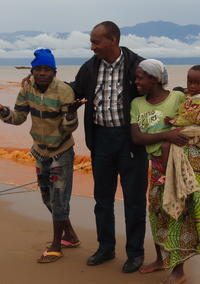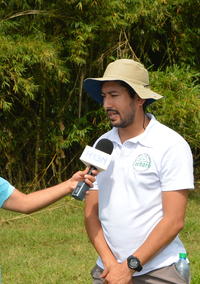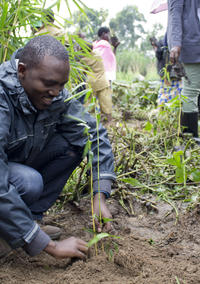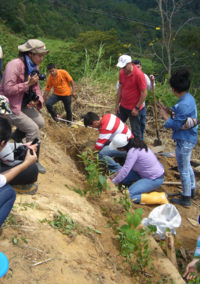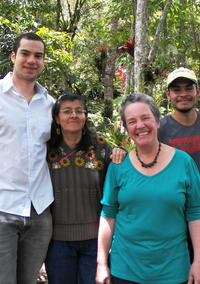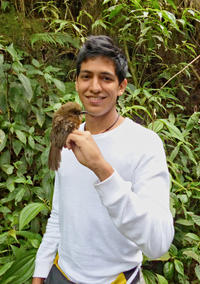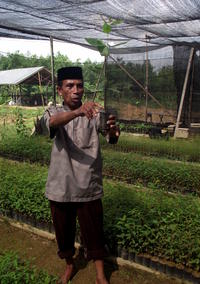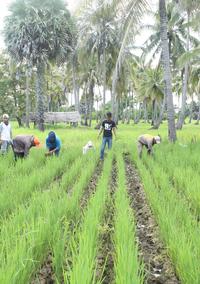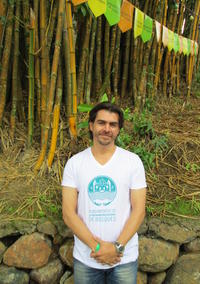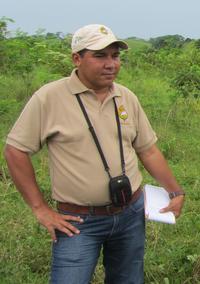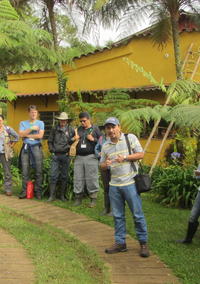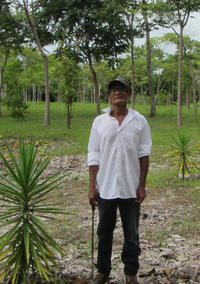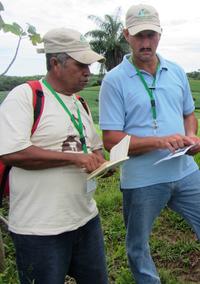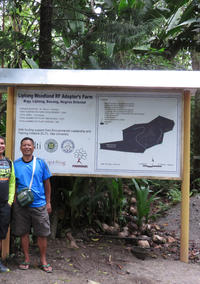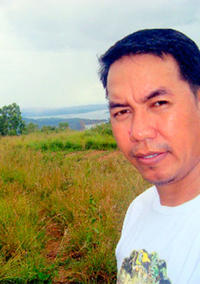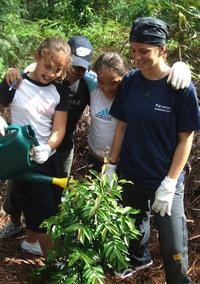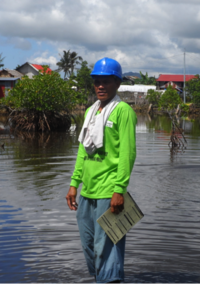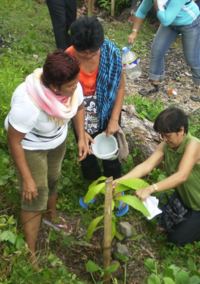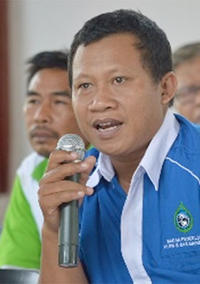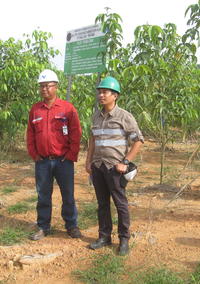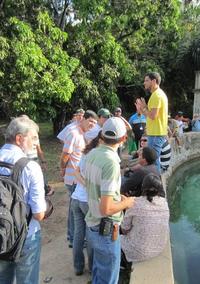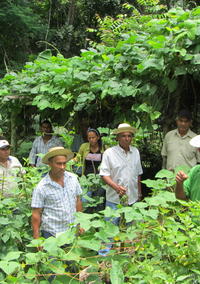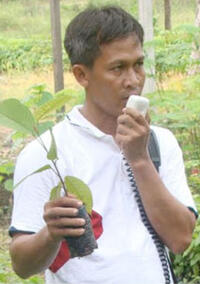You are here
Honduras Enriches Diversity of Restoration Techniques for its National Plan
Instead, many groups are working to support the Secretary of Energy, Natural Resources, Environment and Mines to take these events as an opportunity to restore the nation’s forested landscapes, beginning with the Restoration Opportunities Assessment Methodology (ROAM). In one of those groups works Jairon Castellanos, Technician in the Forest Monitoring Unit of the Forest Conservation Institute of Honduras.
Jairon took the ELTI-IUCN online course, Forest Landscape Restoration in the Tropics, to expand his knowledge and capacity to support the creation of Honduras’ national restoration plan and the country’s Bonn Challenge commitment to restore one million hectares by 2020.
Jairon encountered skepticism and resistance when he presented to his team the expanded scope of restoration he acquired from the course.
The case studies in the course, especially the one from Colombia, showed that both forest coverage and productivity could increase. That had a lasting impact on me. It helped me to see that restoration can be interpreted broadly and to understand the different techniques that could be included in our national restoration plan.
Jairon Castellanos
“My colleagues had a narrow view of what restoration could be: returning the land to its former undisturbed state,” says Jairon. “Little by little, we are helping them understand that there are different ways of doing restoration that can maintain and improve existing land uses. This can be done in a way that improves ecosystem services while also enhancing the productivity of these areas. This was a big outcome from the course.”
To advance this multifaceted view of restoration outcomes and techniques, Jairon and his team created a series of ‘restoration handouts.’ Each handout describes a different restoration technique – alley crops, windbreaks, home gardens, forage banks – and includes real examples from across the region, some of which are still active.
“The information I learned in the course has proven very valuable,” Jairon enthuses. “It augmented my work monitoring restoration work through geographic information systems and facilitated my ability to develop the restoration handouts. Now, we have the documents to help educate stakeholders about different restoration techniques. Next year, we hope to implement the national plan with broad support for these different techniques.”
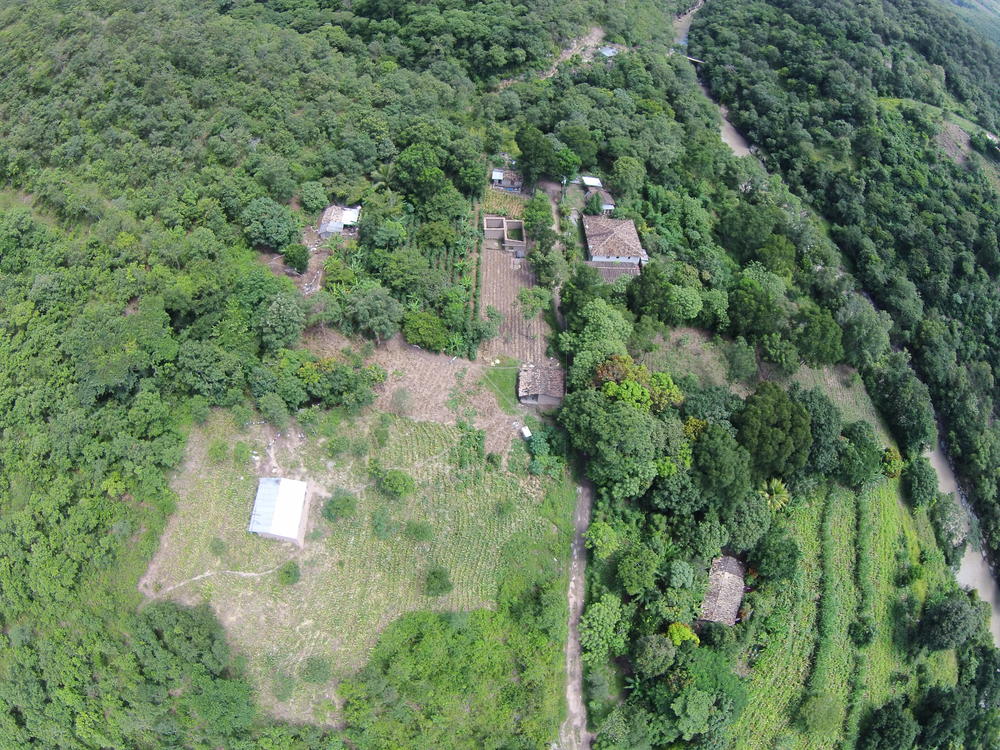
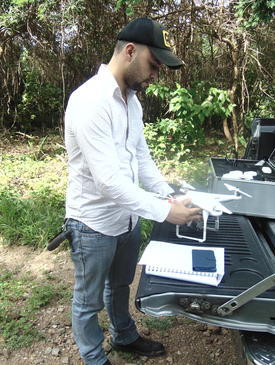
Acknowledgements
Jairon would like to thank Rommel Sarmiento, IUCN and all the course participants who shared their experiences and knowledge.






